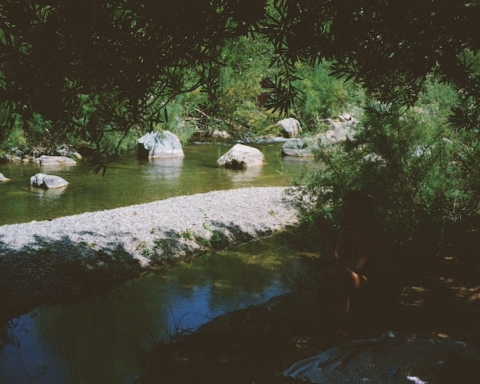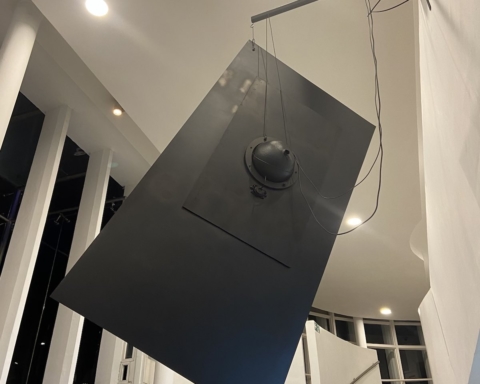Echoes of the “Sakhra Encounters” in Moulay Bouchta el Khamar, March 2019
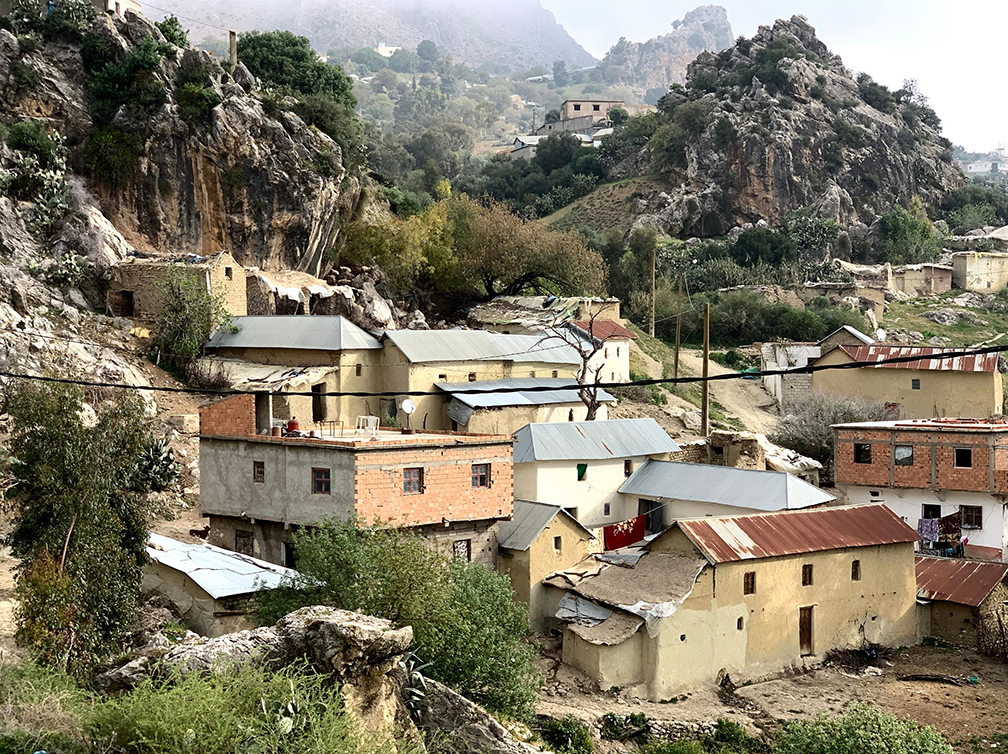
The “Sakhra Encounters” took place from March 15. to 17. 2019 at Abdeljalil Saouli’s home in Moulay Bouchta el Khamar, a village of the Pre-Rif region in Morocco. The main purpose of the event was to gather artists, researchers, activists, friends, family members and supporters for a shared moment of collective exchange and reflection. It emerged from a collaborative research on local ecologies of building, cultivating and listening, together with Abdeljalil Saouli’s desire to reflect on his own experience in daily life and art practice in the country side. During three days, people actively participated in a program of exhibitions, performances, workshops, walks, discussions and convivial meetings, of which we present here a fragmentary account in sound and images. Coming together in this relatively marginalized area of Morocco felt perfect in order to openly address the vexed relationship between art practitioners and institutions in general, along with wider concerns regarding the boundary-making ideologies that govern human and well as non-human lives. The ‘political’, in this case, emerged not only from the ‘personal’, but also from the ‘togetherness’ of the Sakhra Encounters, albeit without a plan.
The Sakhra Encountersis an artist-run initiative by Abdeljalil Saouli, Gilles Aubry and Carlos Perez Marin. Guest artists: Said Afifi, Mustapha Akrim, Mohamed Arejdal, Ramia Beladel, Nasrine Kheltent, Younes Rahmoun.
Group discussion
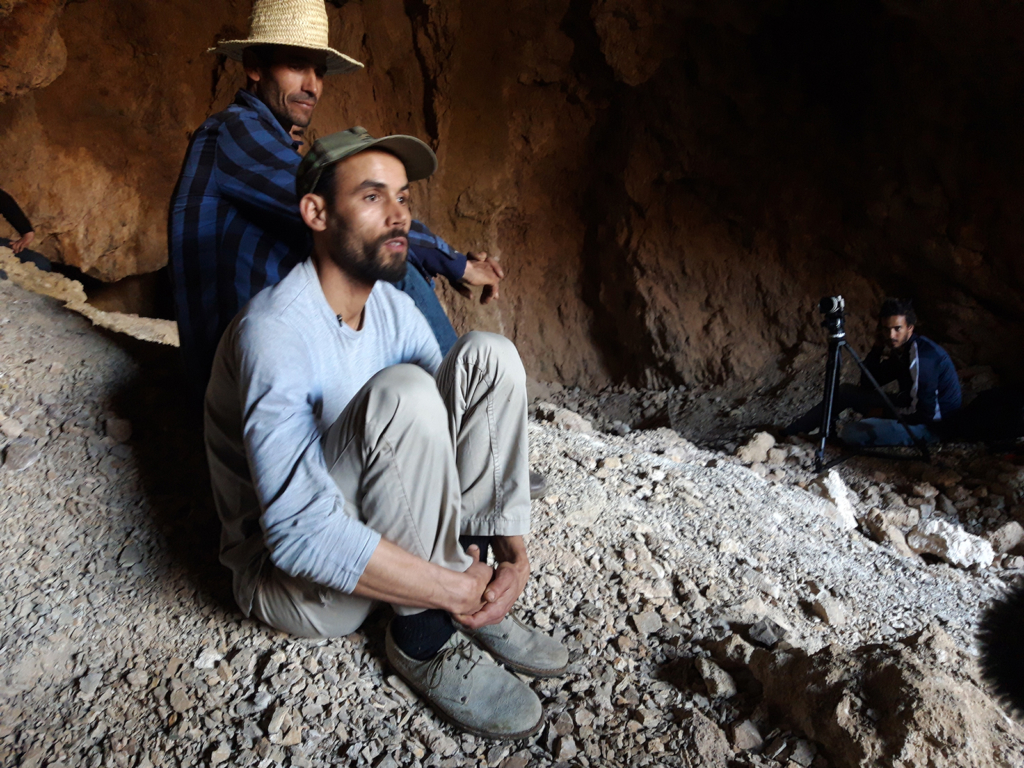
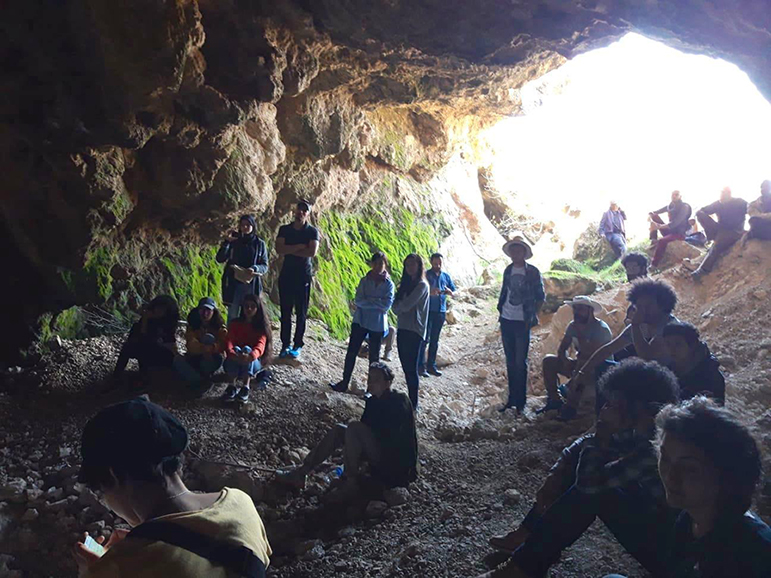
Following a walk in the village surroundings, the participants gathered in a sand cave for a group discussion. In the first audio excerpt, the artist and project host Abdeljalil Saouli speaks about his decision to move back to the village where he grew up after studying fine arts in Tetouan. He describes the process of building a house on the mountain designed according to his own needs, wondering also if it is the rocks and the mountain that were domesticated in the process, or the opposite.
In this audio excerpt, the participants discuss the nomadic condition of the contemporary artist. They address the necessity to partly decenter art practices outside of urban centers and institutions in order to unlearnacademic modes of thinking and boundary-making. This allows for a better ‘digesting of certain questions’ at a personal level, and for a redistribution of the sensible towards human and non-human minorities, which can only happen through concrete actions at the level of a community.
Mutual learning and var’nen (stone throwing)
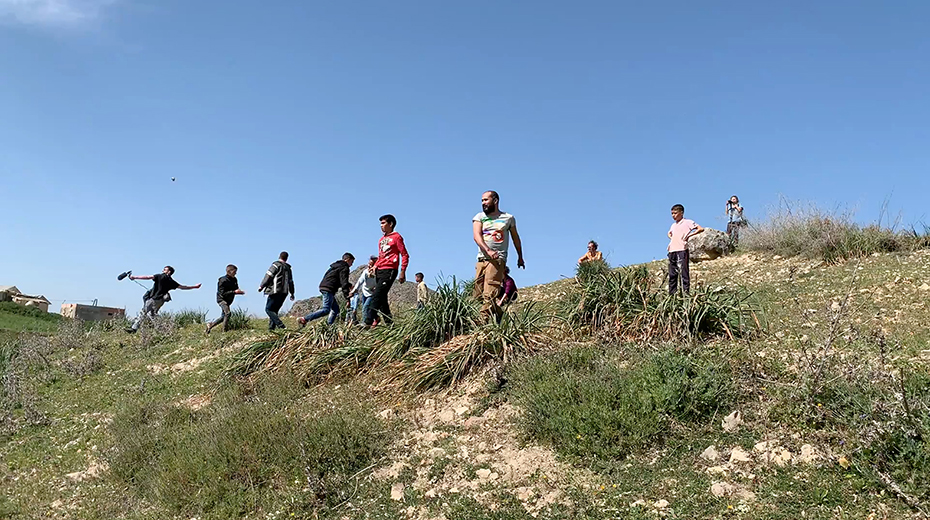
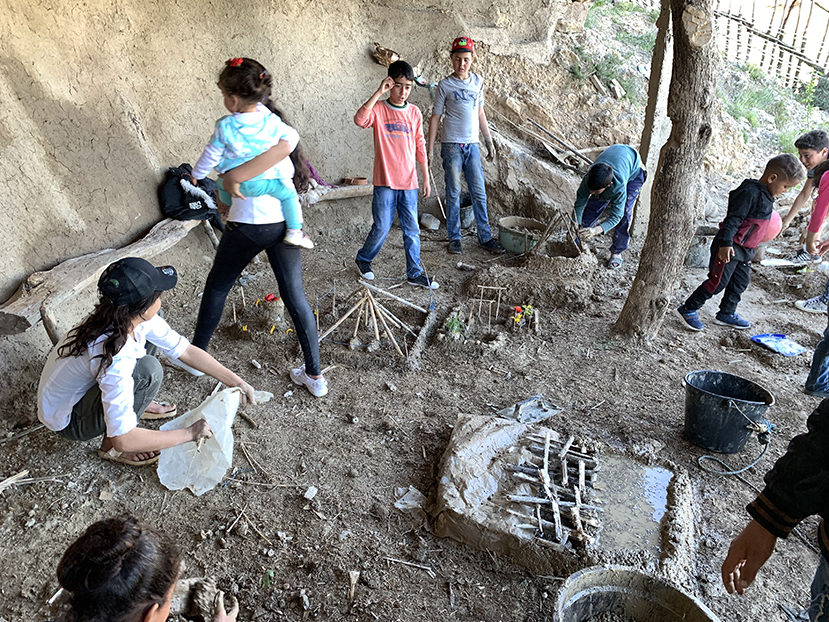
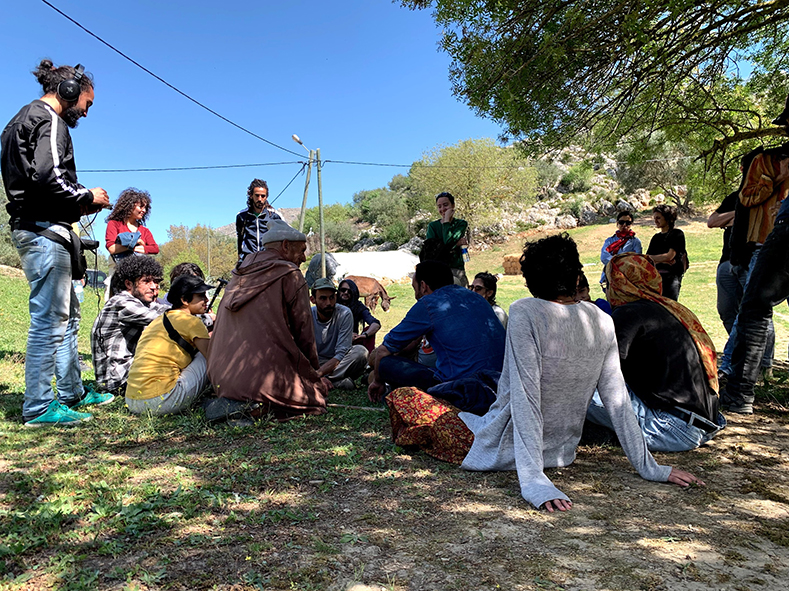
Several workshops for kids took place as part of the Sakhra Encounters, led by students in art and architecture. For one of them the roles were reversed, with an initiation to ‘stone throwing’ given by local kids. As a crucial skill for the remote guiding of sheep herds, stone throwing also has an important sonic dimension, as can be heard in the recording.
« A wasted breath inside a balloon », listening session with Ramia Beladel (excerpt)
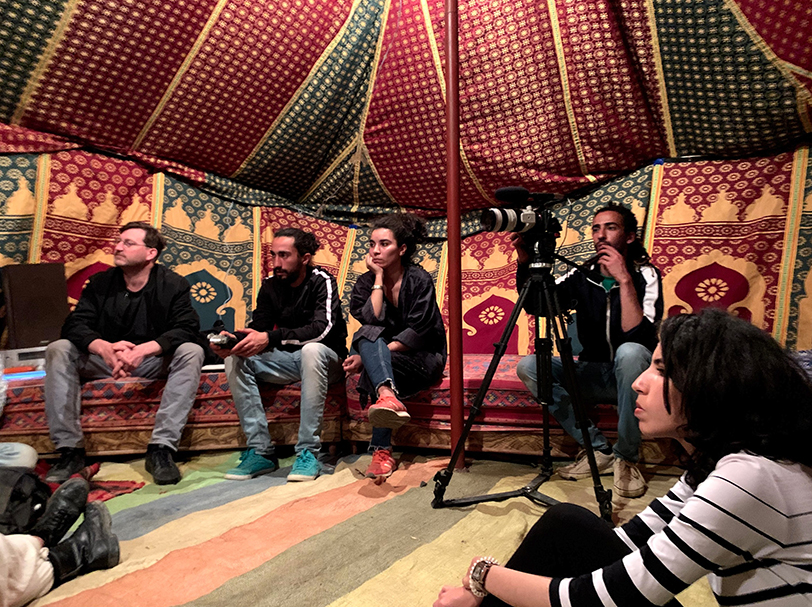

Departing from the yearly celebration of the local saint (moussem) in Moulay Bouchta, the piece provides a stage for a performance by the artist Ramia Beladel, as an inner introspection and progressive reconfiguration of her own self, breath by breath, balloon after balloon. The 40′ piece was heard during a collective listening session under a tent, as an additional form of interaction with the village inhabitants. According to Suzy Golnik, empathic listening participates in community building and makes art ‘socially responsive’, comparable also to a ‘healing power’.
Sakhra art exhibition in the village

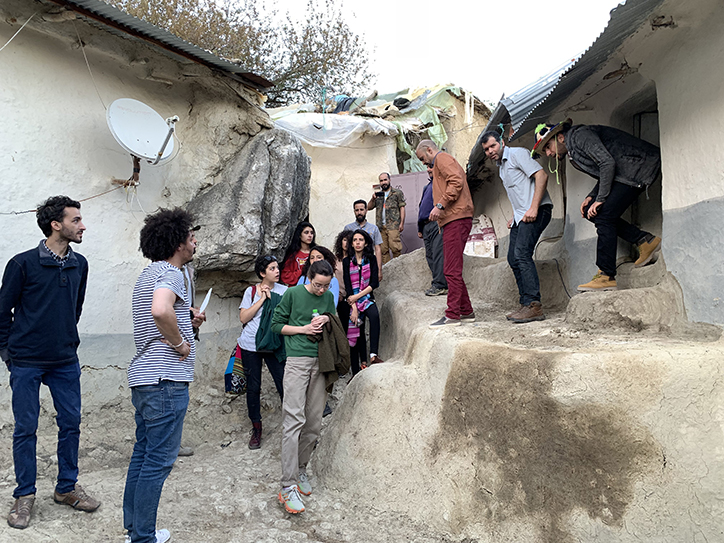
Artworks were installed inside village homes in an attempt to highlight formal and material connections with the architecture, questioning also the boundaries between art, environment and everyday life. The exhibition included works by Mustapha Akrim, Said Afifi, Gilles Aubry, Younès Rahmoun, and Abdeljalil Saouli.
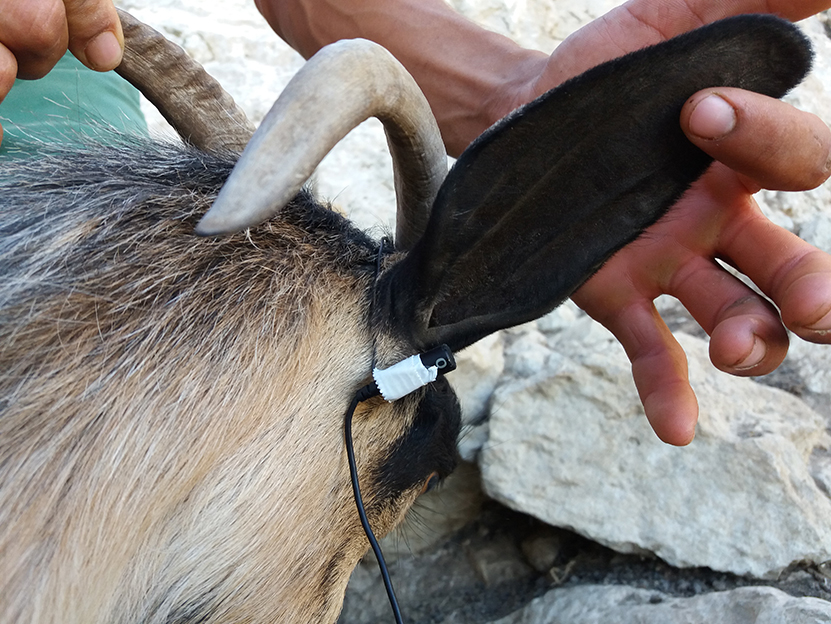
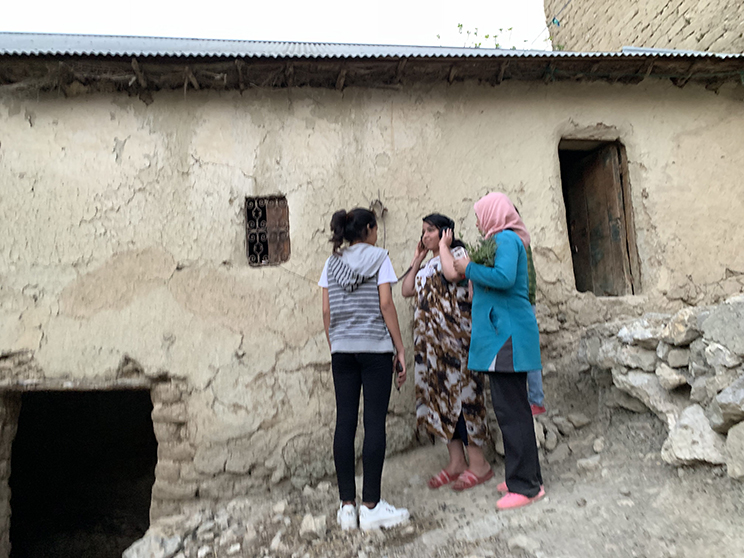
For their sound installation “Becoming Goat”, Gilles Aubry and Abdeljalil Saouli used a special ‘binaural’ recording technique in order to capture the auditive perspective of a goat, who is possibly revealed as a «person» with her own subjectivity.
Video : « STONESOUND » to the link : https://vimeo.com/344771563
STONESOUND is the result of an experiment by Aubry and Saouli in « stone sounding », both in the sense of exploring stone acoustics, and of investigating the limits of ‘things not yet known’. Guided by Saouli’s words, the spectator attends to the artist’s way of relating to stones, as part of a larger local ecology of co-evolution between humans and the environment.
Landscape interventions
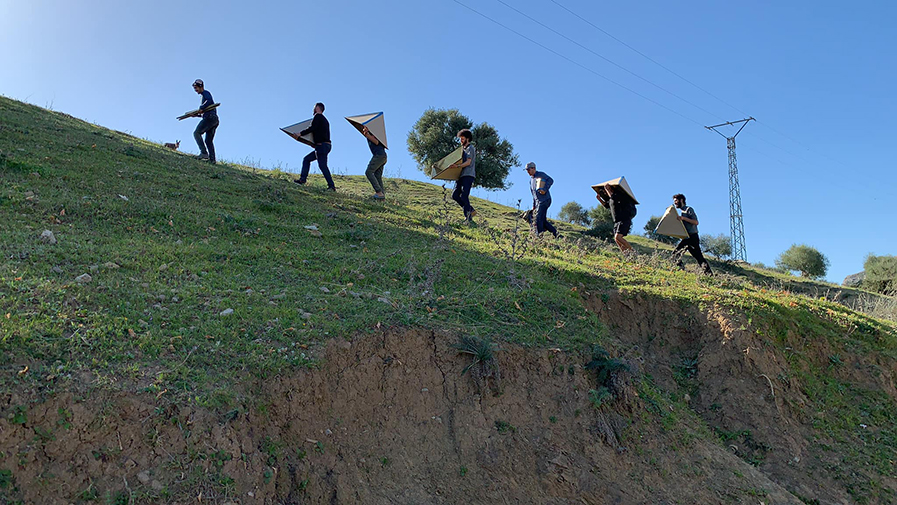


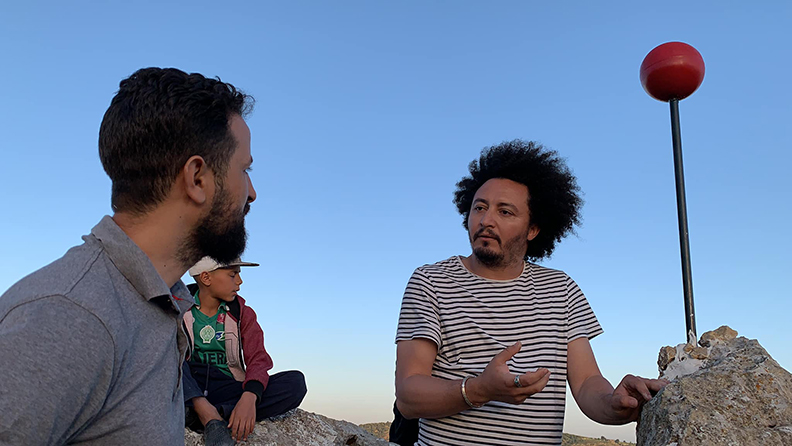
Some of the participating artists contributed through direct intervention in the landscape of Moulay Bouchta. The installation “Point-de-repère” by Mustapha Akrim perhaps attests for the necessity of stable reference points as part of the nomadic condition of contemporary individuals. This necessity is further echoed in the futurist-looking sculpture “Markaba” by Younès Rahmoun, conceived as a portablespace for meditation. The recording documents a vocal performance by the artist Imane Zoubai inside the sculpture, interacting with its resonant acoustics in another instance of collective listening.
Celebration
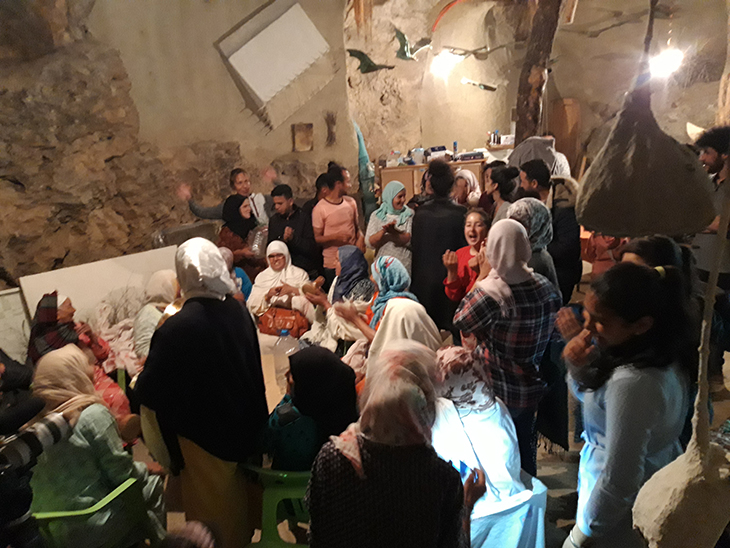
Sharing food and music making is central to connective aesthetics, as it fosters mutual care, affect and inclusion. Food was generously prepared and offered to all the participants by the Saouli family during the three days. On the last evening, the village women joined in for a shared moment of collective music, dance and celebration, until the next edition of the Sakhra Encounters.


